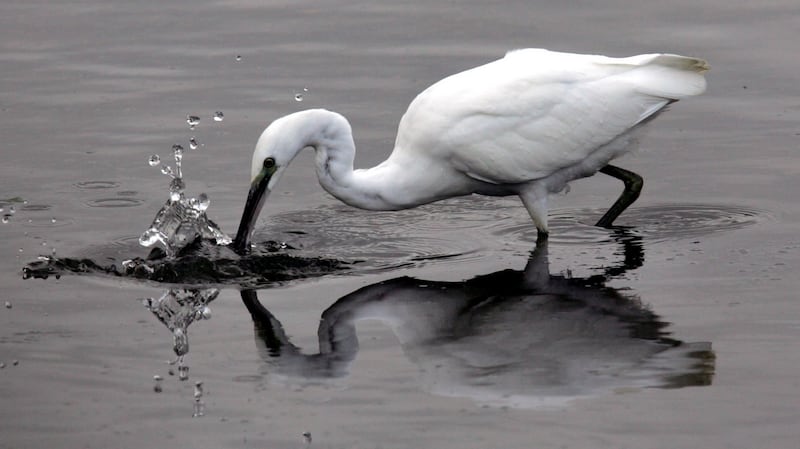The number of waterbirds wintering in Ireland has declined 15 per cent over the past five years and by 40 per cent since the mid-1990s, a study published by BirdWatch Ireland states.
Waterbirds have been monitored since 1994 through the Irish Wetland Bird Survey, which is funded by the National Parks and Wildlife Service (NPWS) and co-ordinated by BirdWatch Ireland.
Each winter hundreds of Irish birdwatchers across the country volunteer to count waterbirds in their local areas, together with NPWS and BirdWatch Ireland staff, and the data collected allows for the assessment of populations and trends among wintering birds in Ireland.
When the surveys began 25 years ago, there were more than 1.2 million waterbirds at wetlands around Ireland but recent data shows just 760,000, a decline of 40 per cent.
Ireland is an important wintering area for migratory waterbirds (ducks, geese, swans and wading birds, among others) that breed at Arctic latitudes and migrate south to spend the winter on estuaries, coastal bays, rivers and lakes.
The most common species of birds concerned would be the pochard and tufted, both diving ducks; the pintail, a dabbling duck; the mallard, lapwing, dunlin, turnstone and greenshank. Milder winters mean that many such species no longer migrate as far as Ireland to find ice-free wetlands.

‘Alarming’ decline
"The rate of these declines is alarming," said Brian Burke, lead author of the study. "The declines we're seeing in Ireland are consistent with the global pattern of declines. According to figures published by BirdLife International in 2017, 17 per cent of all waterbird species are considered globally threatened, which is extremely concerning."
Mr Burke said climate change “is playing a significant role” in the issue and that other factors included disturbance from increased recreational use of wetlands by people and unleashed dogs, the loss of habitat from changes in land use such as development and agricultural intensification and pollution.
“Strict enforcement of the laws that protect sites designated for waterbirds around the country is essential so that Ireland can play its part in the conservation of these special migratory species,” he said.
However, in better news, Mr Burke said Ireland had found favour with other breeds of waterbirds in recent years.
“Numbers of whooper swans and black-tailed godwits, both of which are winter visitors to Ireland from Iceland, have increased in recent years, and we now have a minimum of 1,400 little egrets across the country – a species that wasn’t present in Ireland at all when the survey began in 1994,” he said.











